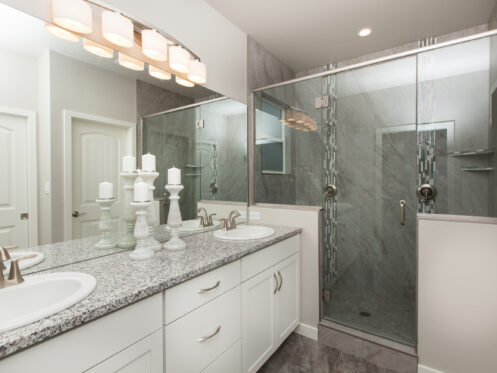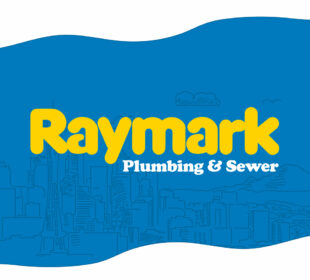A dirty or malfunctioning plumbing system can diminish the comfort, safety, and your family’s enjoyment of your home. Not only does your plumbing bring in fresh water for drinking, cooking, and bathing, but it also routes wastewater out of your living space. To help you keep your plumbing system working as it should, the following are five common plumbing problems, along with tips for avoiding them.
1. Slow-Moving Drains
Slow-moving drains in the kitchen or the bathroom can interfere with everyday activities like getting ready for work in the morning or preparing dinner in the evening. Fortunately, slow-moving drains are easy to avoid. You can keep your drains clean and functioning like they should by limiting what goes down them. In the kitchen, do not dispose of food waste, grease, or cooking oils in the drain. Instead, throwing these potentially problematic items in the trash is a much better option for your plumbing.
An easy way to prevent problems in both kitchen and bathroom drains is to install drain screens. They catch food particles, hair, and other debris before they enter your pipes. Homeowners should also schedule a professional drain cleaning at least every three years, or if they notice multiple slow-moving drains, to ensure their plumbing system works as it should.
2. Leaky Faucets
Leaky faucets are often older faucets. These fixtures typically last between 15 and 20 years. After approximately two decades of service, many of their major components begin to break down. According to the U.S. Environmental Protection Agency (EPA), having just one leaky faucet can result in 3,000 gallons of water waste each year. Worse still, given that most faucets throughout homes are installed at the same time and share similar life expectancies, in some households, leaky faucets are responsible for more than 10,000 gallons of water waste annually.
Having your facets replaced or repaired when necessary can significantly reduce your monthly water bill. Attending to your fixtures can also prevent water damage and mold growth in your home.
3. Clogged Commodes
To avoid clogged and overflowing toilets, make sure that no one in your home is flushing anything besides human waste and toilet paper. Toilets are not designed to handle items like cotton swabs, sanitary pads, floss, and paper towels. Even baby wipes labeled as “flushable” can be a problem for many homeowners’ commodes. If toilet clogs are a recurring issue in your home, you may have to contact a plumber to replace the internal components of your fixture because these parts wear out over time. A professional can also let you know if a new toilet is a better option.
4. Sewer Line Blockages
Having slow-moving or standing water at a single drain indicates a localized plumbing problem. Having slow-moving or standing water at all of your drains means that the sewer line traveling away from the building is damaged or blocked. If left unchecked, sewer line issues could send raw sewage rushing back into your home. These events are often responsible for thousands of dollars in property damage and restoration costs.
Other signs of sewer line blockages and impending whole-house backups include:
- Gurgling or bubbling noises coming from your toilets and drains
- Sewer gas odors
- Wet or sunken spots in your yard
- Sudden increases in lawn growth or other greenery above your sewer line
Among the best ways to prevent sewer line problems is carefully cultivating your landscape. Proactively removing fast-growing tree roots and invasive weeds will keep these things from entering your pipes and obstructing the flow of waste. When you notice your drains moving slowly or spot other signs of an oncoming backup, you can also preemptively schedule hydro-jetting services to open your sewer line back up and keep wastewater flowing in the right direction.
5. Hidden Leaks
The costliest plumbing problems are often the ones that homeowners can’t see. These are slow and hidden leaks at the backs of appliances, in crawlspaces, behind drywall, or at building foundations. Without the trained eye of a plumber, you might not know that these leaks exist until secondary issues like mold problems or water spots on walls develop. It’s essential for homeowners to schedule whole-house plumbing inspections at least once each year to catch slow and hidden leaks early on and minimize the amount of damage they cause.
Contact the Professionals
At Raymark Plumbing & Sewer, we’ve proudly served Seattle, WA and the Greater King County area since 1977. We offer a comprehensive range of plumbing and sewer services, including drain cleaning, hydro-jetting, trenchless pipe repairs, and video camera inspections. We also install and service sump pumps, garbage disposals, and toilets. Get in touch with Raymark Plumbing & Sewer today to schedule an appointment.





